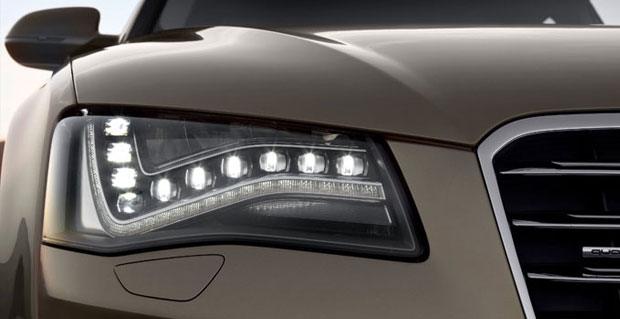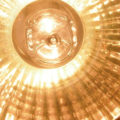According to experts, the LED automotive lighting industry will grow by 22% per year up to 2020. LED light bulbs are set to take over the car lighting market.
LED light bulbs have been in vehicles for at least 15 years. Many car manufacturers have used them for instrument lighting, control switches and ambient lighting. The long life and low energy consumption of LED bulbs make them ideal for such use. As a result, LED light bulbs provide the interior lighting for 50% of new cars.
Exterior car LED light bulbs
As for exterior car lights, LED light bulbs are in many tail lights, turn signals and third brake lights. But engineers have had problems using LED light bulbs for headlights.
This is because headlights are complex. They have to be bright, of course. But they must also cope with the vibration and high temperatures from a vehicle’s engine.
However, technicians working with LED light bulbs have overcome these problems. LED headlights are now in cars made by Audi, Cadillac and Lexus. The LED light bulbs meet all government and industry standards for brightness and safety.
LED light bulbs and defrosting
One unusual sticking point for engineers building LED headlights has been ice and snow. Halogen and xenon bulbs generate heat and project this forward. The heat melts any ice or snow covering the headlight shields.
LED light bulbs don’t create forward-projecting heat. Instead, any heat emerges from the rear of the bulbs.
To solve this problem, LED headlights therefore have fans positioned behind them. The fans blow the heat towards the headlight shields. This has the same effect as halogen and xenon bulbs, and melts the ice and snow.
Such creative thinking ensures the place of LED light bulbs as the lighting technology for all future vehicles. And such technology brings a further benefit. With LED light bulbs lasting for at least 50,000 hours, you’re unlikely ever to change a car bulb again.
Date: April 11, 2012
Tags: led light Lighting technology
According to experts, the LED automotive lighting industry will grow by 22% per year up to 2020. LED light bulbs are set to take over the car lighting market.




